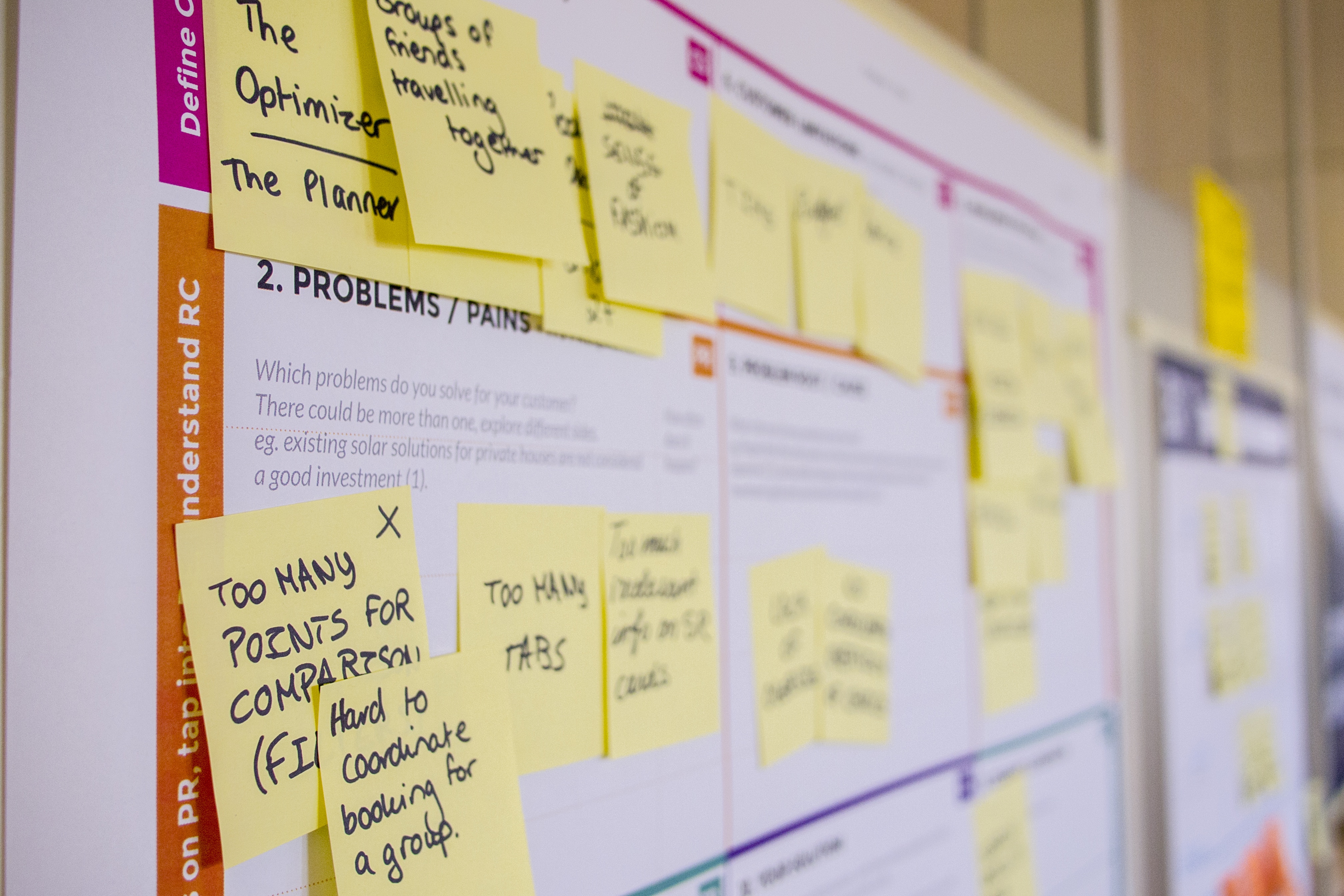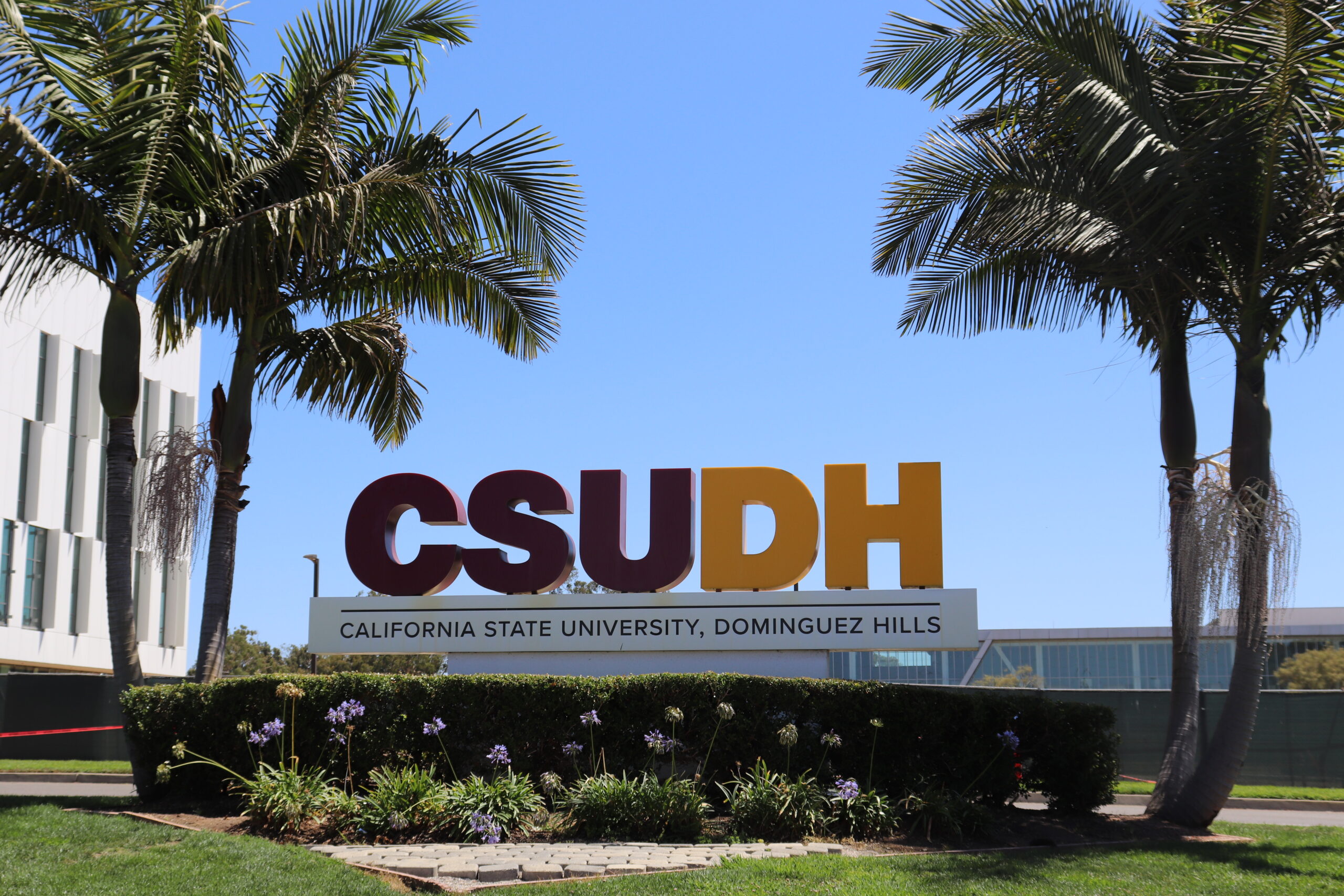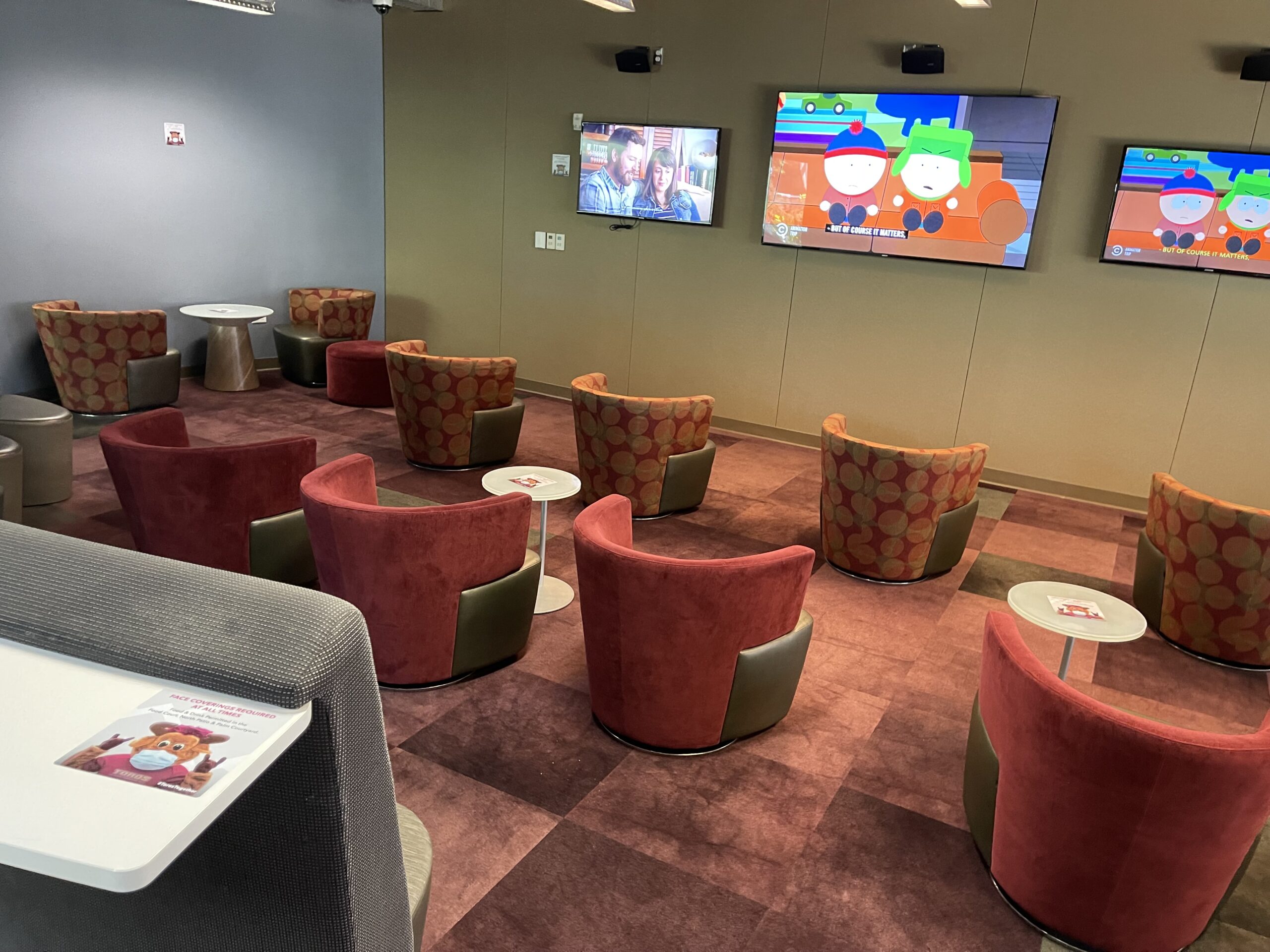By Kelsey Reichmann
Editor-in-Chief
In parts 1 and 2 of our three-part series on faculty, The Bulletin looked into tenure density at this university in regard to the relatively low number of tenured professors compared to adjunct faculty. In part 3, we turn our focus to those faculty members who are on the track to become tenured, and how research plays such a critical role in achieving that status. (Disclaimer: The tenure track process varies from university to university, college to college, and department to department. The information provided in this article relates specifically to CSUDH and the departments of the professors interviewed.)
So you say you want a revolution? Well, if you’re a college student in 2019 you’re in the middle of one.
Actually two long ones. The first is “massification,” or increased access worldwide to higher education for the masses, a relatively recent development in higher education; the second is research, as “with the arrival of the global knowledge economy, universities now compete globally in any given field of study,” according to an August 2016 article on www.smu.edu. Universities have been “the source of research for more than 200 years and need to continue as such,” Philip Altbach is quoted in that article saying. ”They are the only societal institutions that will carry out basic research, and they need to be supported by the government accordingly.”
That academic research (the kind of stuff that most undergraduates are only exposed to when they are forced to use scholarly journals as a reference in research papers) is carried out, for the most part, by tenured professors. Depending on whether the university is research oriented—many UC campuses are considered R1, or among the highest research activity—or teaching oriented–as most CSUs, including CSUDH are–those tenured professors are required to engage in research as much, if not more, than they are required to teach in the classroom.
“The ability to teach undergrads is rarely valued at research universities and even the rare professors who would like to be superb teachers do not receive the training to do so,” Lynn O’Shaughnessy, a nationally recognized college expert, and higher-ed journalist, wrote on her website, The College Solution.
But here’s the possible conflict at a school such as ours.
CSUDH is a teaching-oriented institution in which, if they like, tenured professors can engage in research. But in order to become tenured, and to garner all the other benefits that go with it (i.e., academic freedom, relative safety in terms of employment, higher salaries) those on the track to become tenured MUST engage in research; in fact, it is equally important, if not more important, than anything else in the seven-year process called “tenure track.”
And at what point, if any, does the research component for those seeking tenure at a school like ours begin adversely affecting the students who are there to learn?
The tenure-track process is typically a seven-year process in which professors must complete a series of tasks in order to receive tenure. Professors who receive tenure appointments have a permanent position for life and can only be terminated under extreme circumstances.
The process begins with the university posting any open tenure-track positions. For instance, in 2017, CSUDH had 16 openings and received 1,017 applications. It filled 10 of those positions.
The first six years on tenure track are considered a probationary period; faculty on that track must submit Reappointment, Tenure, and Promotion (RTP) packets detailing work they have done toward tenure the past year.
“That RTP packet basically describes and justifies the things that you have done over the course of the previous year,” Brant Burkey, an assistant professor in the communications department, said.
There are three areas in which professors must demonstrate proficiency in in order to receive tenure: teaching, service, and research.
Tenur- track professors’ teaching is scrutinized through PTE’s, observation by other faculty, and teaching materials such as syllabi, student work, and powerpoints.
Professors use this evaluation to explain what they did in the classroom that worked, and also what didn’t work, said Thomas Norman, a professor and past chair in the department of management and marketing.
Tenure-track professors are also required to contribute to service at the university by participating on committees and contributing to their department and college in a variety of ways.
For example, in the six years Burkey has been on the track, he said he has worked on banquet and professor search committees, as well as assisted in revising the communication department’s curriculum.
The last aspect of tenure is publishing research. Tenure-track professors are expected to research and typically, depending on department and college, publish three articles in peer-reviewed publications within their first six years as a tenure-track professor.
The professors send their articles to the publications, which then send those articles to experts in the field, who review them and then determine if the article should be published or not.
Three possibilities exist: the article can be accepted, which is rare; the writer can receive a revise and resubmit (R & R), or the article is rejected.
These reviewers are considering one question above all else: “is this knowledge of use,” Norman said.
However, this is the most difficult part of the process because the professors have no control over what happens or how long it can take.
“Once you submit an article to a journal it can take anywhere from three months to a year for it to be under review and you can’t submit it to any other journal in that period. So once it’s submitted you just have to sit and wait,” Burkey said.
Marie Palladini, a professor in the department of public policy, said that she avoided this problem by constantly following up and being what she refers to as “professionally assertive.”
However, when they do receive feedback, it is sometimes confusing.
“Part of the problem is it is very arbitrary,” Burkey said. “I had one article that I submitted to a journal and they said, ‘ well you’re talking about this as a construct when in fact you should be talking about it as a theory.’ So I made the change and sent it to another journal. They reviewed it and sent it back and said, ‘ well you’re referring to it as a theory when in fact it’s a construct’ How are you supposed to address each person’s concern when in fact it’s very subjective and arbitrary?”
There is a lot of pressure to get published in order to keep on track for tenure and the review process can often be very stressful.
“Three people you don’t know can decide your career,” Norman said.
These journals are also extremely competitive.
“The [number of] journals hasn’t increased, but Ph.D.’s have tripled,” Norman said, inferring that there are more instructors submitting articles than there is space to run them.
Part of the appeal of having professors do research is that students can get involved in these projects as well.
David Dixon, chair and professor of the political science department, said that student research is considered a “high impact practice.” More importantly, he stresses the need to transfer his skills to the next generation.
“[The goal is] to be able to bring those skill sets to students,” Dixon said. “My ideas will turn someone like you into someone who can do research like me.”
And this is where the lines get blurred between heavily research-oriented universities (R1) and teaching universities. While R1 professors are expected to focus on research before teaching, they are usually only expected to teach one to two classes a semester or quarter. At teaching universities, tenure-track professors are typically required to teach four classes each semester while also completing their research. But as the push for more research from these professors has increased, their course load does not decrease.
“I don’t think a lot of people understand how time-consuming it can be to do a whole research project,” Burkey said. “You have to get approval from the institutional review board. You’ve got to collect all the data. You’ve got to analyze the data. You have to write the article. Then you have to figure out what journal to send it to and submit it to that journal and when you think you’re kind of done with it if you get rejected you have to now go back to square one.”
The university has recognized this problem and made a few exceptions to help professors be successful in their research as well as in the classroom.
During the push to try to get accreditation for the College of Business, Administration, and Public Policy, CBAPP, professors were allowed to lower their teaching load to three classes per semester in order to do more research.
“There is no way you can teach four classes and do the research needed to meet our standards,” Norman said.
In the College of Arts and Humanities, CAH, professors can apply for a Research, Scholarly, and Creative Activity (RSCA) grant. While this grant was previously primarily for financial aid for professors to do research, it has changed in order to provide professors with “reassigned time,” which means that they teach three classes instead of four giving them more time for research.
The dean of CAH, Mitch Avila, extended this offer, allowing professors who received this grant to get three classes the whole year instead of just one semester.
“The faculty contract already includes three units per semester for service, plus 12 for teaching,” Avila said. “But it does not provide “units” or “reassigned time” for research, scholarship, and creative activities. For this reason, the University and the College support providing these faculty with time they can use to pursue these activities…As dean, I allocate resources that enrich these activities because I am certain it will result in faculty who are more productive and have enriched professional lives. This in turn directly benefits students.”
The research requirements in the tenure process are often a disadvantage to professors who are not career academics but professionals in their fields.
Palladini said that the research side of the tenure track put her at a disadvantage when she came to the university because she came from the public sector before teaching.
Palladini found a mentorship where she was able to see the connection between research and her teaching.
“I wanted to do research that would benefit students,” Palladini said.
And while research opportunities can be beneficial for students who will later do research themselves, it affects all students in several ways.
When tenure-track professors teach fewer classes to do research, lecturers fill their places.
While providing more job opportunities for lecturers can be beneficial, it could work against their being hired for tenure track because they are needed to supplement that research,
In a March 2002 article in The Chronicle of Higher Education, Peter S. Cahn, who holds a Ph.D. in anthropology from the University of California at Berkeley, chronicled his search for a tenure-track job.
“ ‘To get tenure,’ the department chairwoman told me at our first meeting, ‘you need a book or a series of articles,’” Cahn said. “If you have great publications but lousy teaching, you’ll still get tenure. If you have great teaching but not-so-great publications, you won’t get tenure.’ Her bluntness confirmed what I had always suspected and reassured me of the university’s priorities.”
Although R1 universities focus less on actually teaching students, they are often looked at as more prestigious. This could be one reason the university is pushing for more research.
“I believe that at Dominguez Hills we are trying to elevate our profile academically and get our names and institution out there in the conversation,” Burkey said.
Although the tenure-track process can be grueling, there are many benefits to being tenured.
Tenured professors can express more controversial opinions without the fear of losing their livelihood, Dixon said.
This is important because universities are supposed to be where ideas are formed and it protects academic freedom, which “represents a shared commitment among members of a university community,” according to an article on cc.gatech.edu, meaning they become an intellectual leader of university community.
Tenured professors are also important because they provide “long institutional memories,” Dixon said. That means professors have been here for long periods of time and know the university far better than students and other faculty members who may be here for a year or two and then move on.
As with any job promotion, becoming a fully tenured professor can also provide a pay raise for professors. This can be a 7.5% pay increase, Norman said. (However, promotion to tenure does not mean an automatic pay increase; the professor has to ask for a raise as well.)
Money also plays a factor in recruiting potential new tenure-track faculty. Candidates go through an intensive screening process and finalists are often flown to the campus for interviews. But even in terms of searches, appointments and success rate, CSUDH was near the bottom of the CSU. From 2013-2017, according to the CSU Report on the 2017 Faculty Recruitment and Retention Survey, CSUDH appointed 100 tenure-track faculty. That ranked 16th out of the 23 CSU campuses, which compares to CSUDH being the 14th largest campus in the CSU, but even a school with nearly the same students, Cal State East Bay, appointed 18 more, and Chico State, which has roughly 2,500 more students, appointed 78 more tenure-track faculty than CSUDH.
In 2017, the only year in the survey specifically broken down, CSUDH’s 16 searches were fourth lowest in the CSU, 10 appointments second lowest, and 63 percent success rate the lowest–even though the number of applicants per search was fifth highest, at 68.
The success of these professors in their tenure-track process is important because studies show that tenure density, the amount of professors who receive tenure affects graduation rates.
A 2018 report by a task force examining tenured faculty in the California State University system cited a 2004 study that stated:
“[With] other factors held constant, increases in [percentages in part-time faculty or decreases in full-time faculty are] associated with a reduction in graduation rates.”
And, as we mentioned in the first part of this series, and reinforced in the second, in 2016, CSUDH had the second-lowest number of tenured and non-tenured-track faculty in the CSU, 44.2 percent, tied with Cal State Monterey Bay and ahead only of the Channel Islands campus, which had half as many instructors. In fact, while the CSU reported that between 2007-16 the number of tenured faculty dropped 5.6 percent across the system, the percentage drop was twice that at CSUDH: 12 percent.
CSUDH also has the second-lowest graduation rate in the CSU.



